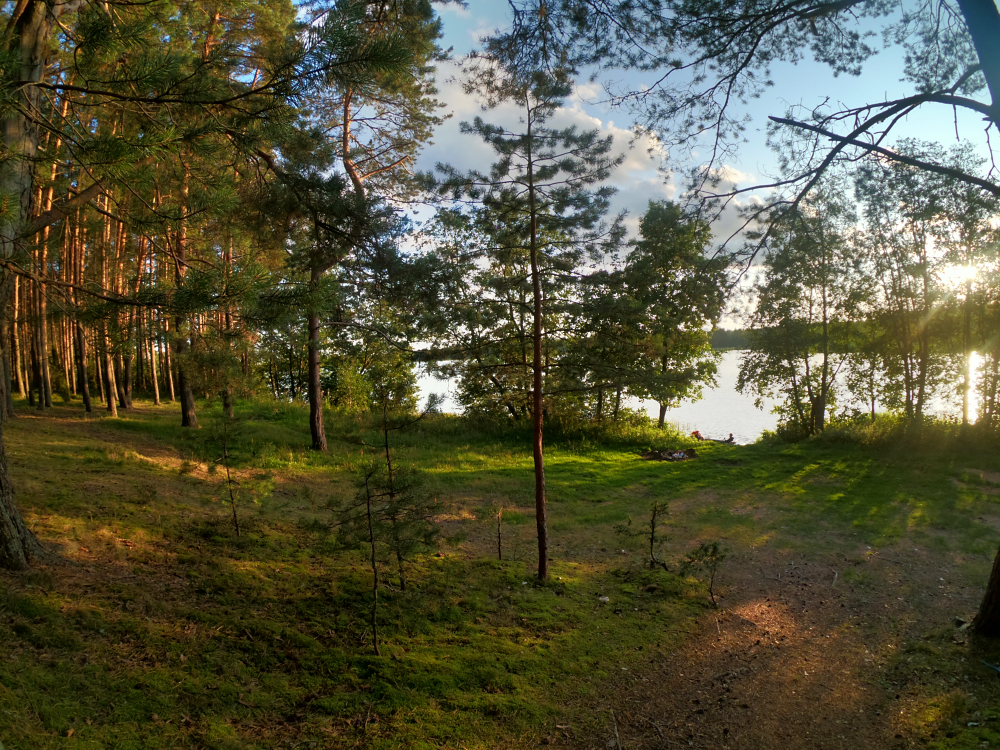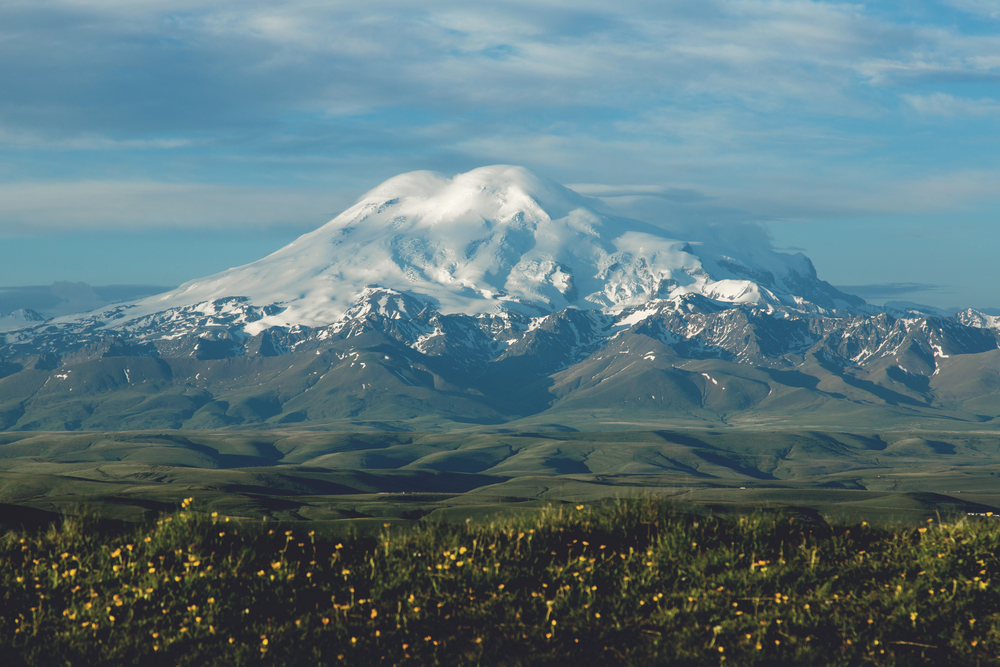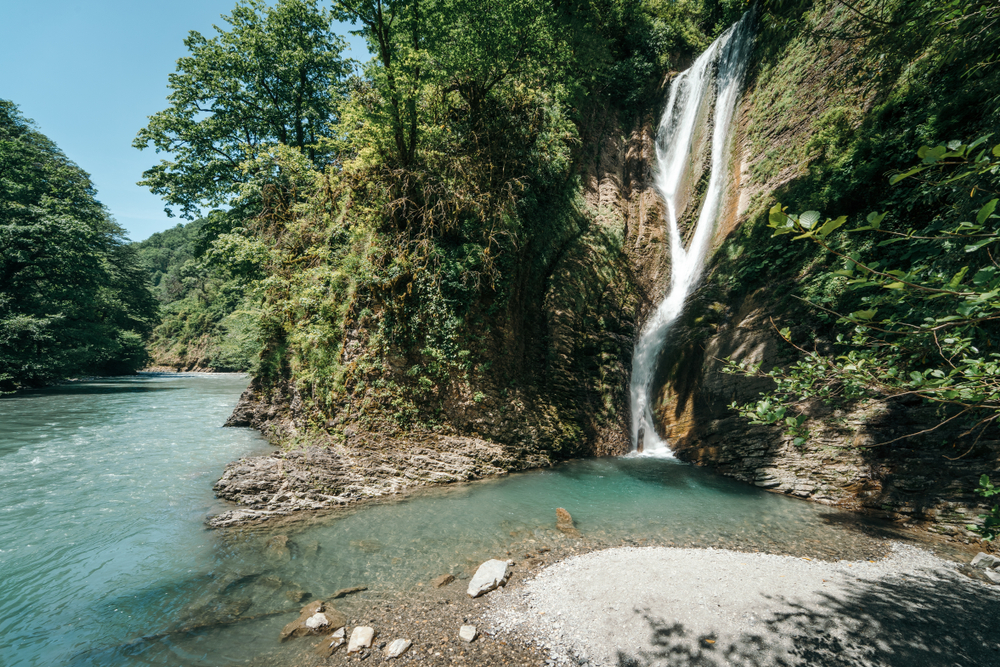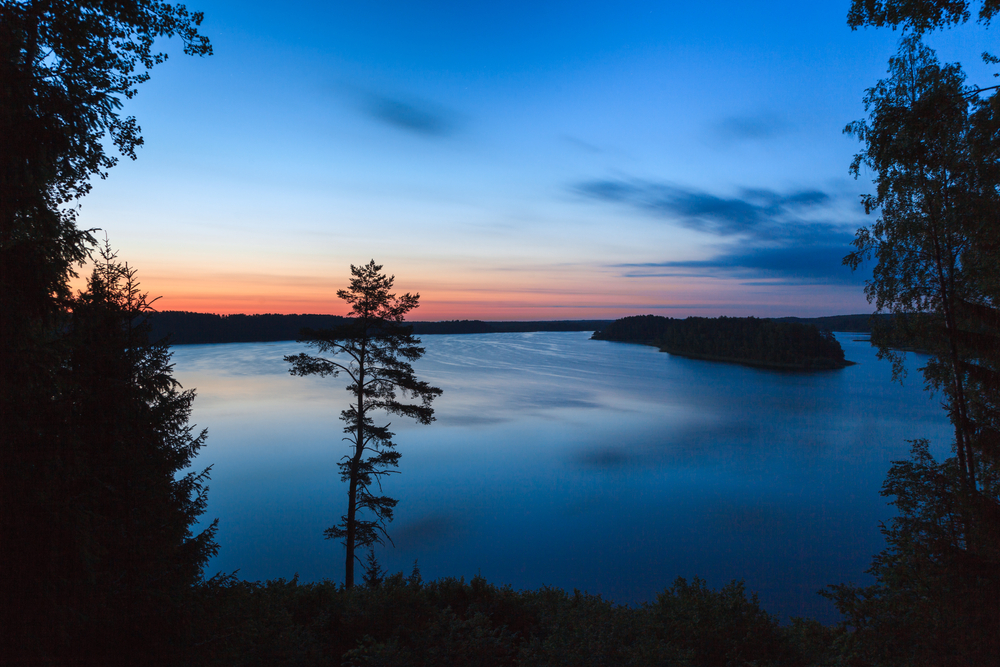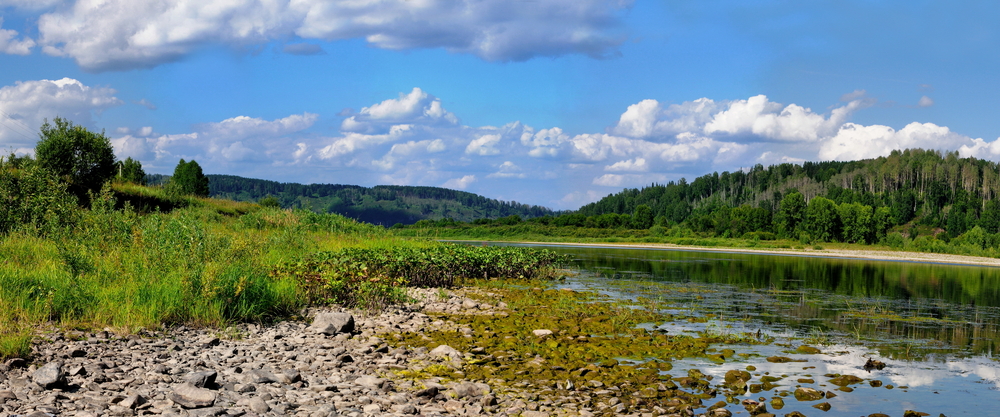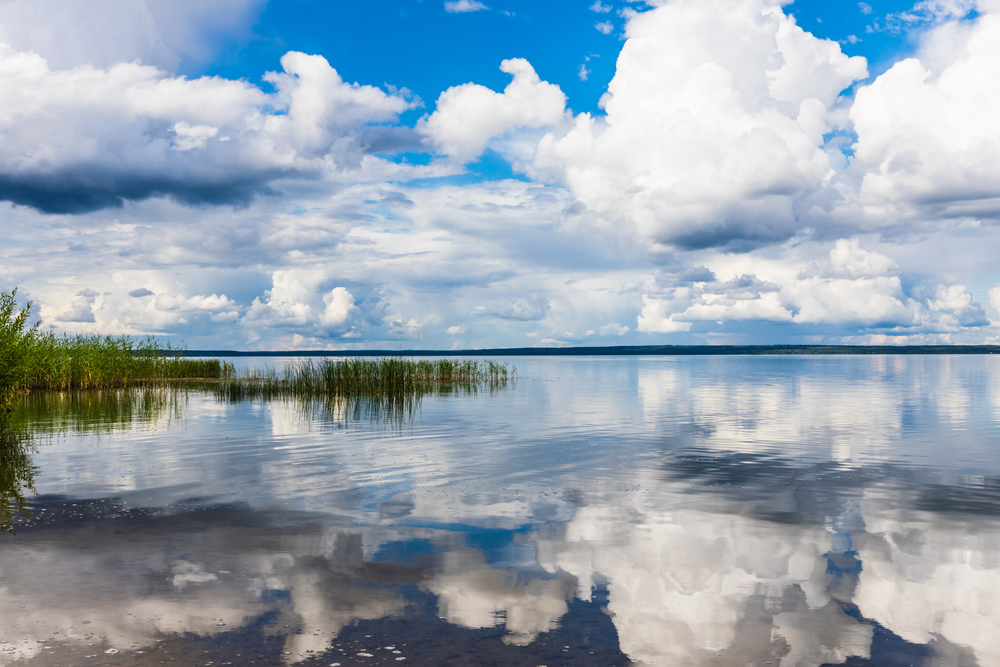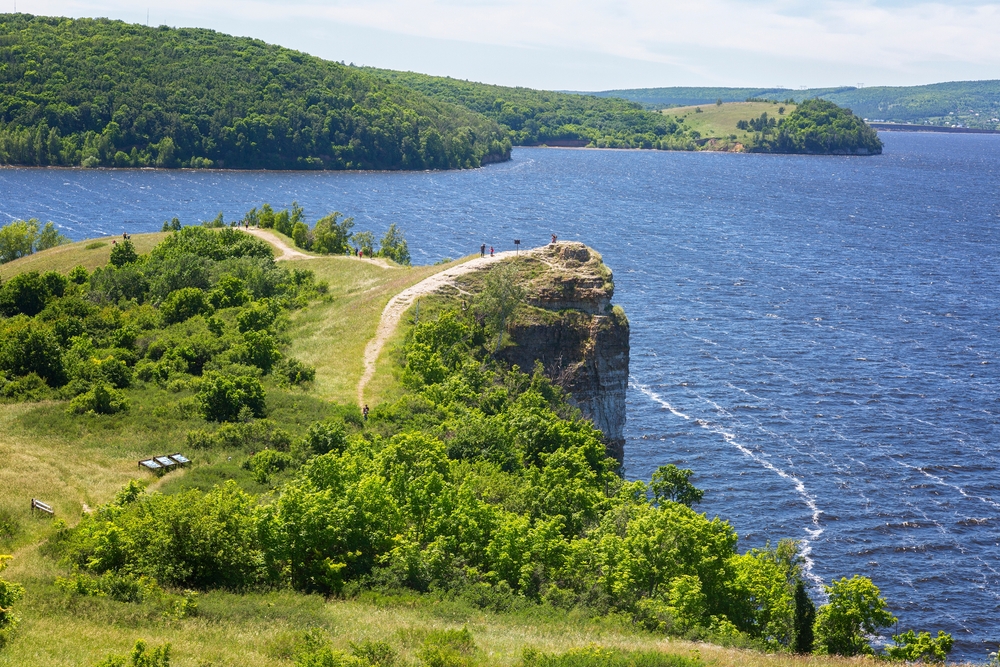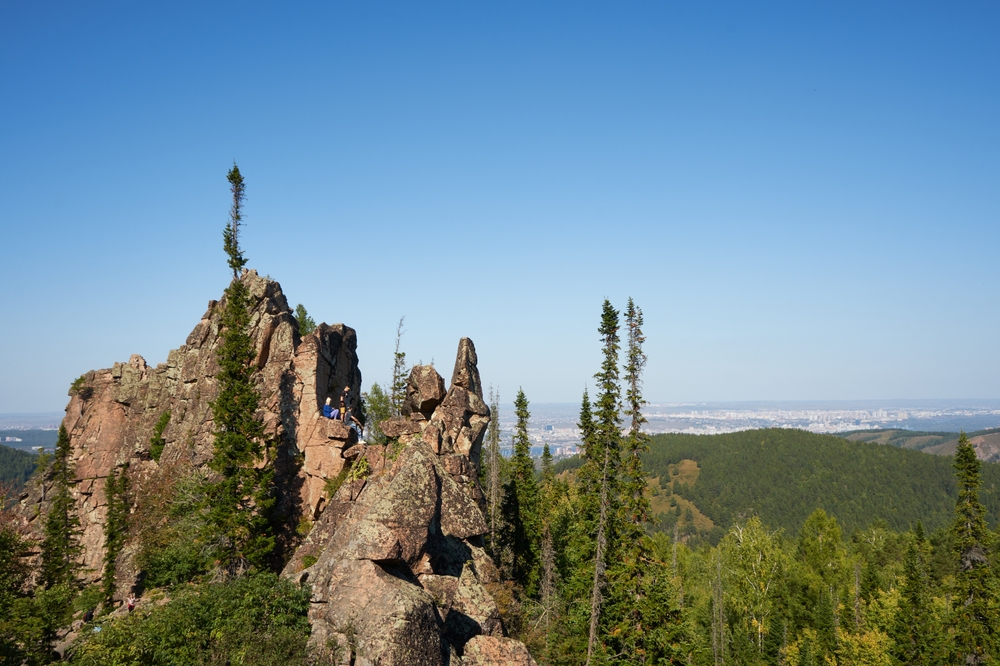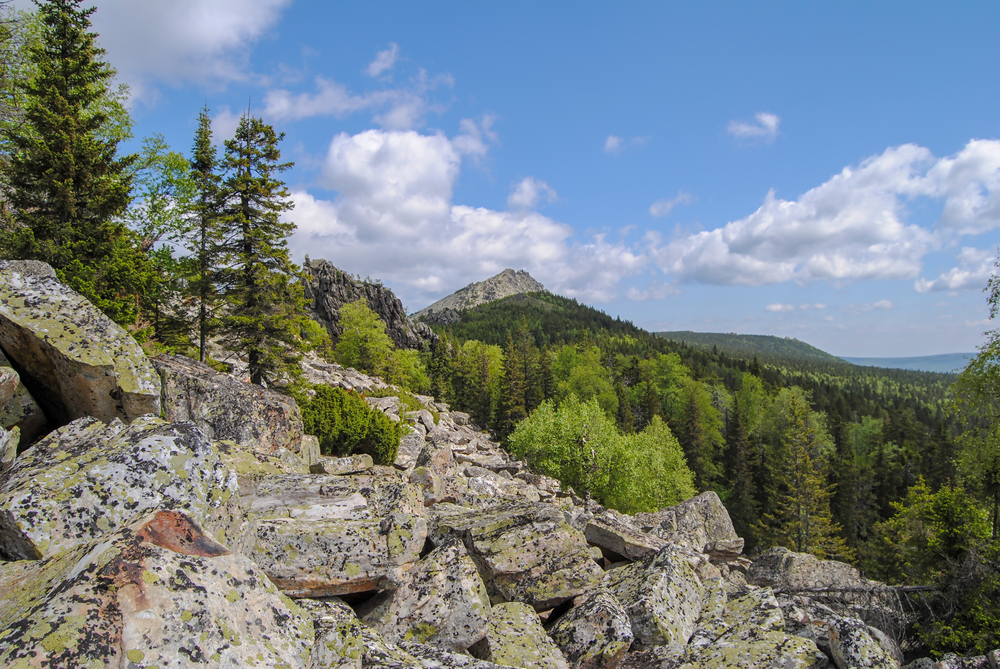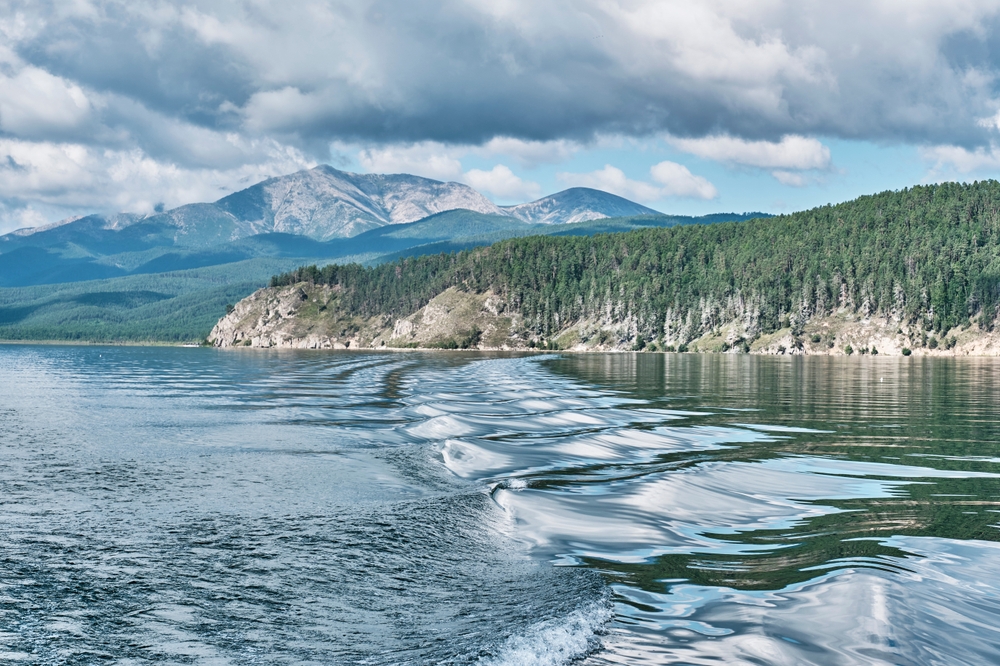Valdaysky Overview
Valdaysky National Park, known locally as Валдайский национальный парк, is a vast protected area in northwestern Russia, covering approximately 678 square miles (1,755 square kilometers).
Located in the Novgorod Oblast, the park is situated in the Valdai Hills, a region known for its rolling landscapes, glacial lakes, and dense forests. The park is home to Lake Valdai, one of its most prominent features, along with numerous smaller lakes, rivers, and wetlands that shape the natural scenery.
The terrain is a mixture of low hills, deep ravines, and ancient forests, with towering pine, spruce, and birch trees forming a lush canopy. This diverse landscape provides a rich habitat for a variety of plant species, including rare mosses and lichens that thrive in the humid environment.
The park is a haven for wildlife, with many species making their home in the dense woodlands and wetlands. Large mammals such as moose, brown bears, and lynx roam the park, while smaller creatures like beavers and red foxes thrive along the waterways.
Birdwatchers can spot numerous species, including black storks, white-tailed eagles, and various owls that inhabit the forested areas. The wetlands and lakes provide ideal conditions for waterfowl, making the park an important site for migratory birds.
One of the park’s most popular features is the Valday Iversky Monastery, an architectural and cultural landmark founded in the 17th century. Located on an island in Lake Valdai, the monastery draws visitors interested in history, religion, and scenic beauty.
The park’s many lakes, particularly Lake Valdai and Lake Uzhin, are also well-known for their crystal-clear waters and picturesque shorelines, attracting those looking for a peaceful retreat. The Valdai Hills themselves are a defining element of the park, offering breathtaking panoramic views and pristine nature.
Visitors to Valdaysky National Park can explore the landscape through various activities, including hiking, boating, and fishing. Numerous trails wind through the forests, leading to stunning viewpoints and secluded lakes.
The park is also popular for eco-tourism, with designated areas for camping and nature observation. In winter, cross-country skiing and snowshoeing provide a different perspective on the park’s beauty, as the snow-covered trees and frozen lakes create a magical atmosphere.
Conservation efforts in Valdaysky National Park focus on protecting its delicate ecosystems from human impact and environmental threats. While tourism is encouraged in a sustainable manner, challenges such as deforestation, climate change, and pollution remain concerns for park management.
Successes in conservation include the reintroduction of certain native species and ongoing efforts to maintain the pristine conditions of the park’s waterways. Through a balance of preservation and responsible tourism, the park continues to be a valuable sanctuary for Russia’s diverse wildlife and natural beauty.








































































